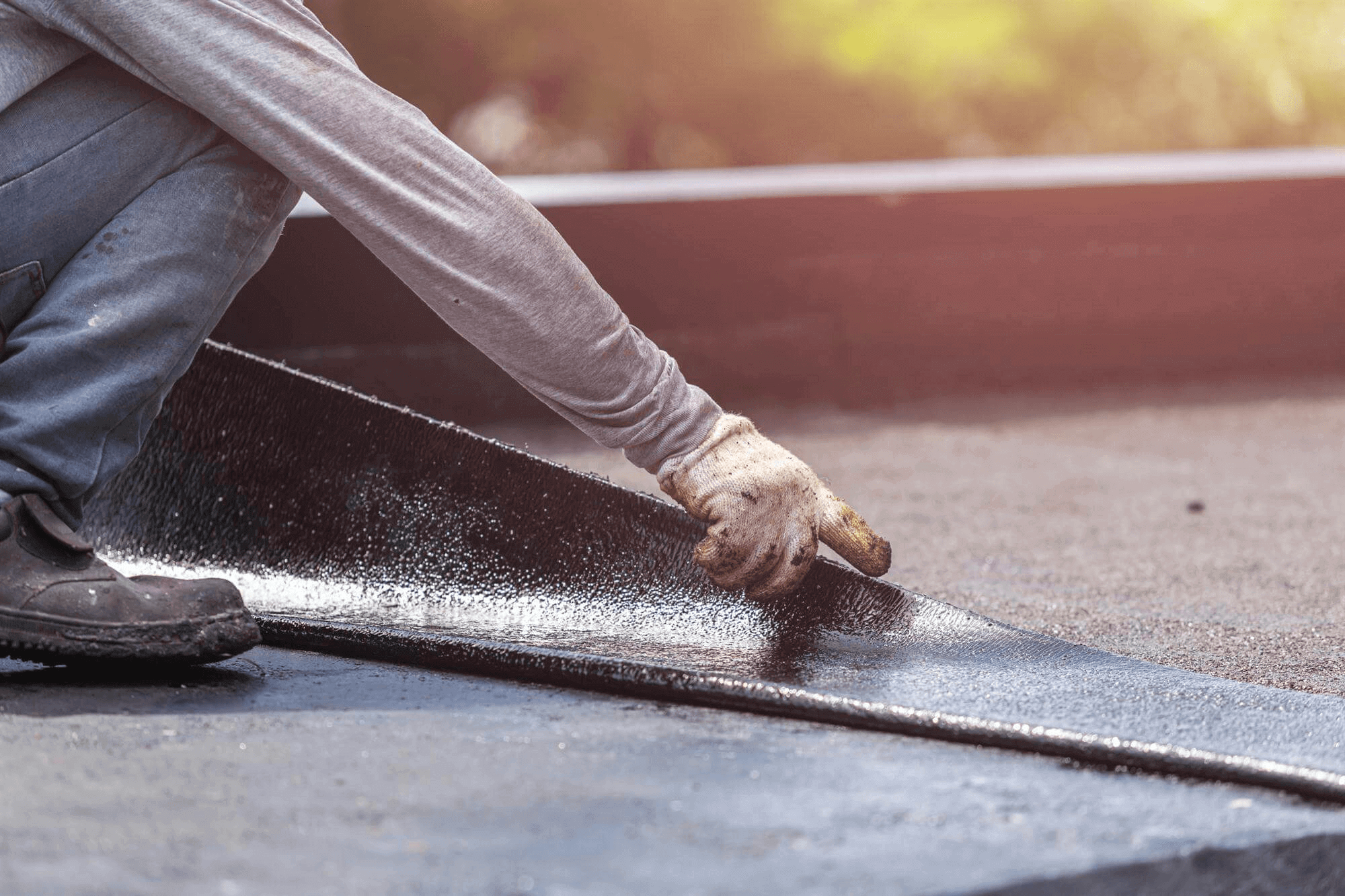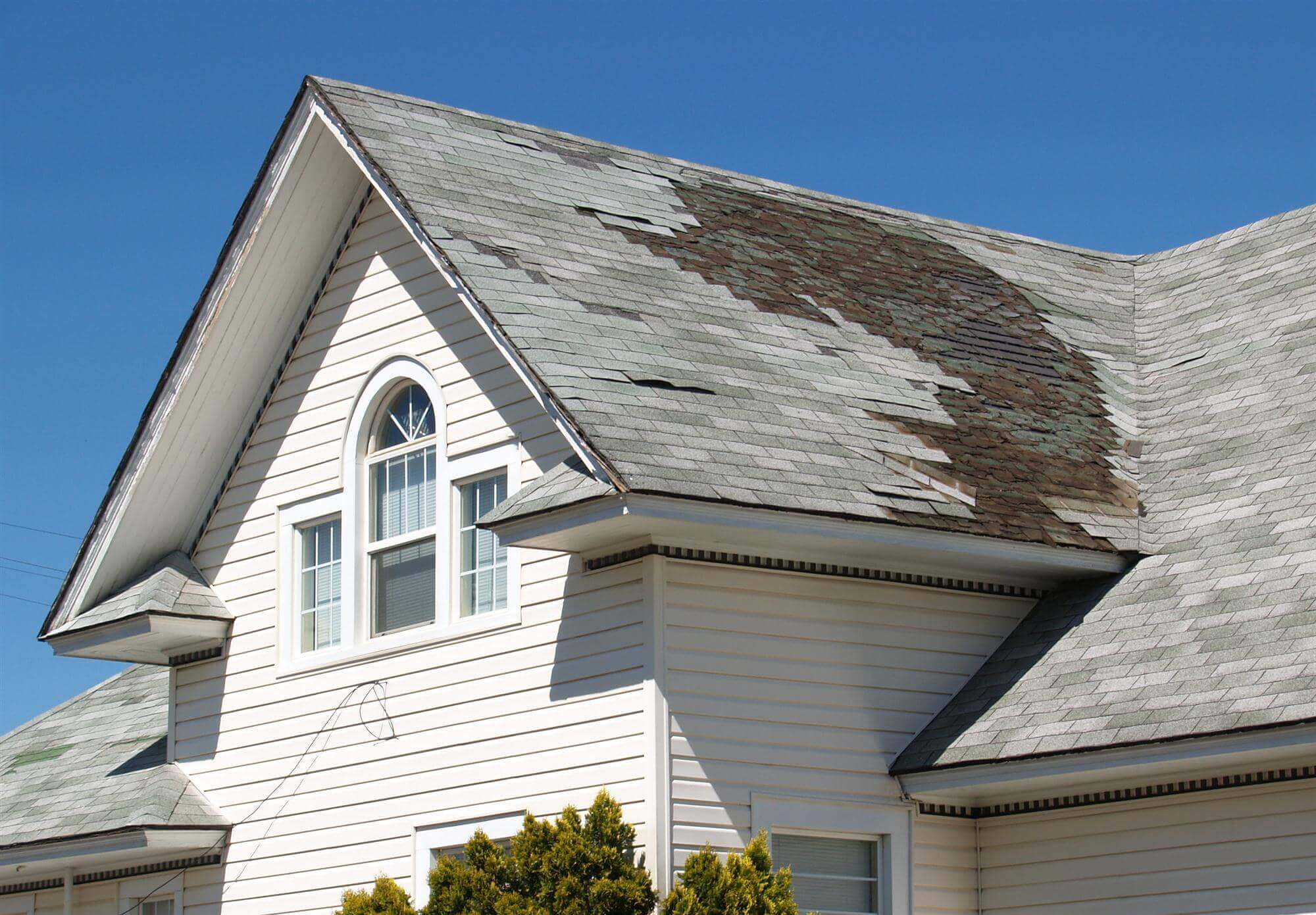Sometimes roof leaks are subtle enough to where you can’t notice the water penetrating your roof. However, even the smallest roof leaks give off warning signs. Some of the most common signs you have an early-stage roof leak include:
- Water stains on ceilings or walls
- Noticeable musty or mildew odor inside the home
- Bulging or warped sections of interior walls or ceilings
- Discolored, streaky, or stained siding
- Paint or wallpaper peeling off walls and ceiling
Ignoring the problem and allowing the leak to worsen can result in mold and mildew damaging the structure of your house. If your home has any signs of an early-stage roof leak, it’s important to act fast before the problem worsens.
What to Do If Your Roof is Actively Leaking
- Call a Roof Repair Contractor: Reach out to a roof repair contractor at the first sign of a leak. The best way to prevent water damage is to stop the leak as soon as possible.
- Unplug Appliances & Cut the Power: Stay away from any electrical fixtures or outlets near the leak. If there's water near electrical devices or outlets, shut off the power in those zones.
- Contain the Water: Place buckets under the leak to catch the water. If there's a ceiling swell, the roof repair contractor might create a minor opening for drainage to relieve the pressure (this can help prevent the entire ceiling from collapsing).
- Move Furniture & Valuables: Move furniture and valuables away from the leak. Cover larger items that can't be moved with tarps or plastic sheets.
- Soak Up Standing Water: Use towels or mops to soak up any standing water. If possible, use battery-operated fans to circulate the air and help dry out the interior of your home.
- Document the Damage For Insurance: Capture images or footage of the leak and resulting damage. This can be helpful later if you need to file an insurance claim.
Roof leaks can be stressful. Keep calm and communicate any immediate concerns to our roofing contractors. When we arrive we will assess the situation, provide a temporary fix if needed, and then discuss longer-term solutions to prevent future leaks.





